1. Hákarl – Iceland
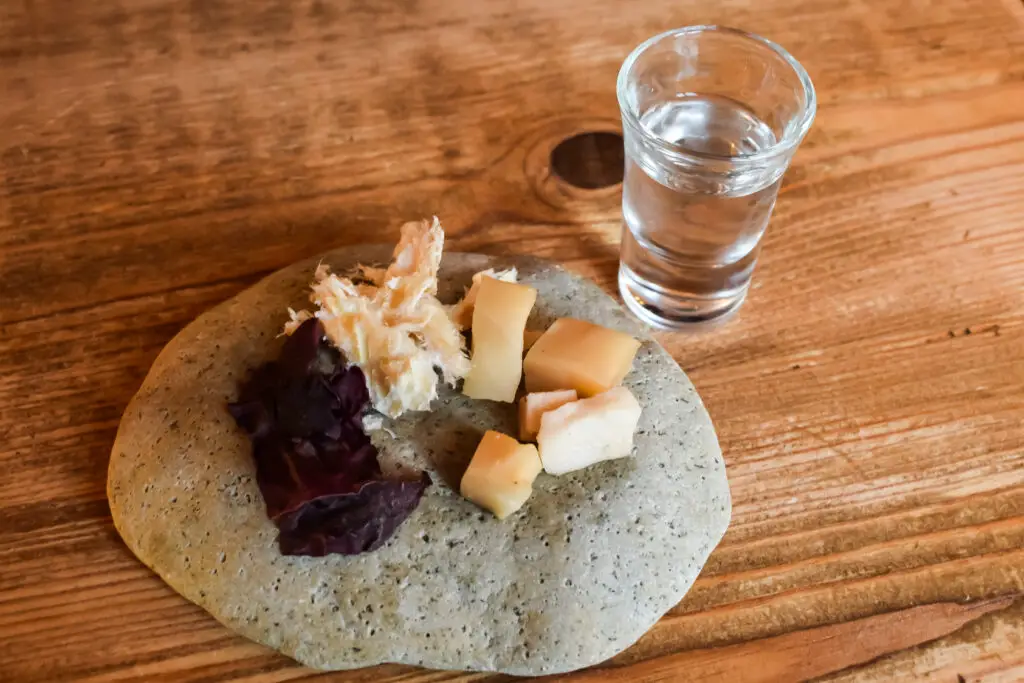
If you ever find yourself in Iceland, you might be brave enough to try hákarl, a dish made from fermented Greenland shark. This isn’t your average seafood—it’s buried underground for months and then hung to dry, resulting in a strong ammonia smell that’s enough to clear your sinuses. Icelanders have been eating it for centuries, but it’s definitely an acquired taste. Anthony Bourdain once called it “the single worst, most disgusting and terrible tasting thing” he had ever eaten, which should give you an idea of what you’re in for shares the Takeout.
Because of how it’s prepared and the type of shark used, hákarl can’t be sold legally in most countries due to health and food safety regulations. But in Iceland, it’s a cultural staple and often served during Þorrablót, a midwinter festival celebrating traditional foods. Tourists usually just try a bite and call it a day, but locals sometimes enjoy it with a shot of Brennivín, a caraway-flavored schnapps. If you want to say you’ve eaten something truly wild, this is the one adds Daily Meal.
2. Fugu – Japan
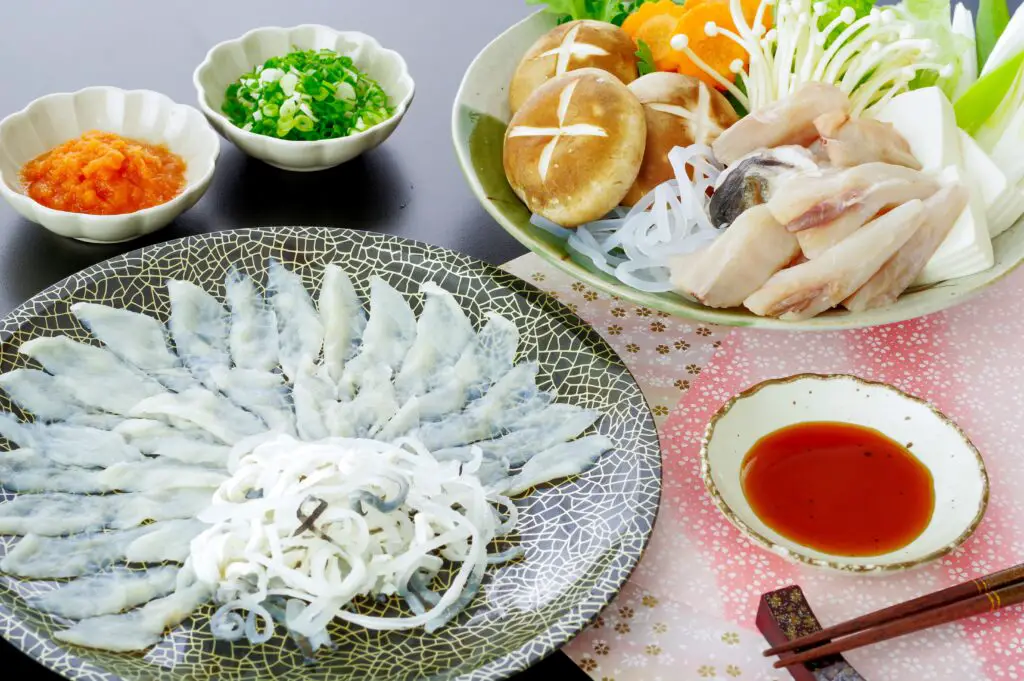
Fugu is a Japanese delicacy made from pufferfish, and it’s famous for being potentially deadly if not prepared correctly. The fish contains a toxin called tetrodotoxin, which can paralyze and kill a person even in tiny amounts. Only highly trained and licensed chefs are allowed to prepare it in Japan, and they have to go through years of education and apprenticeships. Even then, there’s still a bit of danger involved, which is probably part of the thrill for some diners shares CBS News.
In most countries, it’s banned altogether because of the risk, but in Japan, it’s a culinary tradition that dates back centuries. You can find it served as sashimi, in hot pots, or even in rice porridge. It’s considered a luxury item, and the careful preparation is part of the experience. Eating fugu isn’t just about taste—it’s about trusting the chef with your life explains Chowhound.
3. Casu Marzu – Italy
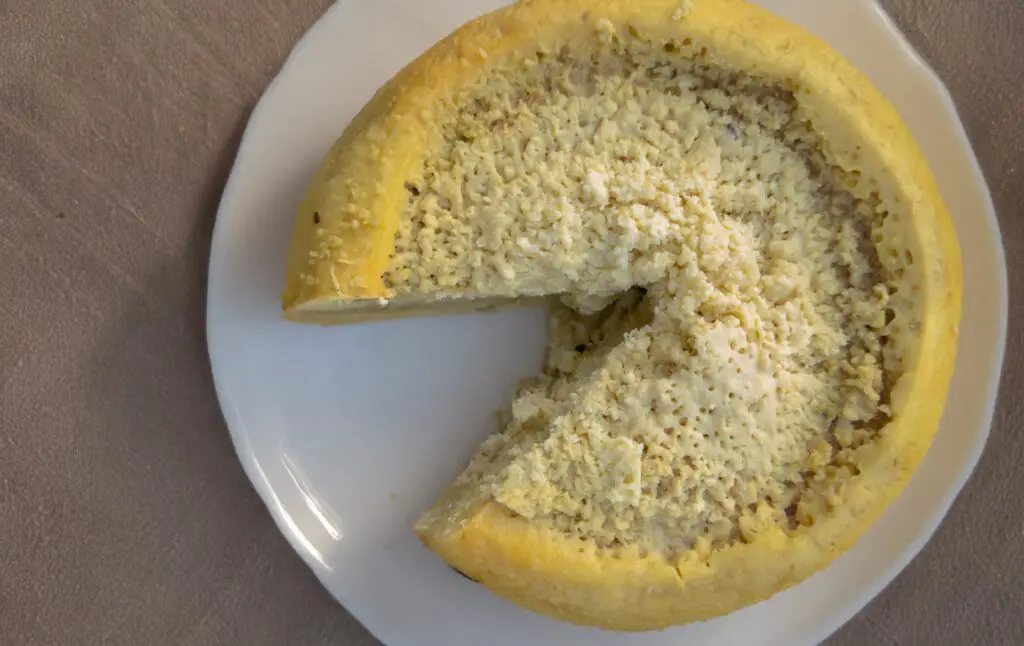
If you think blue cheese is funky, wait until you hear about casu marzu. This Sardinian cheese is made from sheep’s milk and taken to a whole new level by allowing it to rot and become infested with live insect larvae. Yes, live maggots. It’s creamy, spreadable, and has a strong flavor that fans describe as spicy and intense. But for most people, the idea alone is enough to make them back away slowly.
The cheese is technically illegal even in parts of Italy, but it’s still produced and eaten locally in Sardinia where it’s considered a delicacy. Since the larvae help ferment the cheese and give it its unique texture, removing them or trying to pasteurize it just ruins the point. You won’t find casu marzu in supermarkets or on tourist menus. It’s a truly underground food that exists because of tradition—and a strong stomach.
4. Ortolan – France

The ortolan is a tiny songbird that’s been part of a secretive French culinary tradition for centuries. Traditionally, the bird is captured alive, fattened in the dark, and then drowned in Armagnac before being roasted and eaten whole—bones, beak, and all. Diners used to eat it with a napkin draped over their heads, supposedly to hide the shame—or the aroma. It’s intense, rich, and wrapped in controversy.
France actually banned the practice in the 1990s due to declining bird populations, but it’s still occasionally served illegally to those in the know. You won’t find it on a regular menu or in any restaurant that wants to stay in business. Still, among elite French chefs and foodies, the dish remains legendary. It’s a powerful symbol of indulgence and taboo.
5. Bushmeat – Democratic Republic of Congo
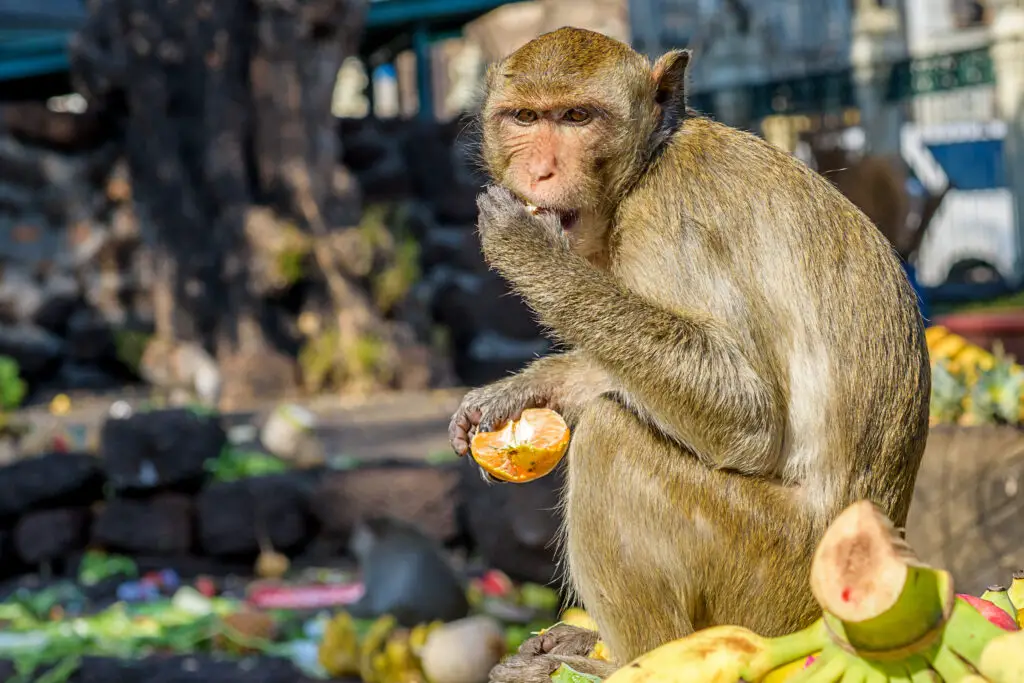
In parts of the Democratic Republic of Congo, bushmeat refers to wild animals hunted in the forests, such as monkeys, bats, and even endangered species. It’s a traditional source of protein in remote communities where grocery stores and farms aren’t readily available. For some families, it’s not just cultural—it’s essential for survival. But for the rest of the world, it raises major concerns about disease and conservation.
International trade of bushmeat is illegal due to the risk of transmitting zoonotic diseases and harming endangered species. However, it continues to be consumed locally in rural areas of the Congo. Some people say it tastes like gamey pork, while others describe it as earthy or tough. Either way, unless you’re deep in the forest with locals, you won’t be finding it on a plate.
6. Kinder Surprise Eggs – Italy

Kinder Surprise Eggs are hollow chocolate eggs with a little toy inside, and they’re beloved by children all over Europe. In Italy, where they were created, they’re just part of growing up. You crack open the chocolate, eat the shell, and then assemble the little toy hidden inside. It’s harmless fun—unless you’re in the United States, where these treats are actually banned.
The U.S. Food and Drug Administration prohibits foods that contain embedded non-nutritive objects, and that includes tiny plastic toys. But in Italy, they’re everywhere, from grocery stores to gas stations. Kids collect the toys, trade them, and sometimes even keep them as keepsakes. It’s one of those small joys that’s perfectly normal in Italy but forbidden elsewhere.
7. Horse Meat – Kazakhstan
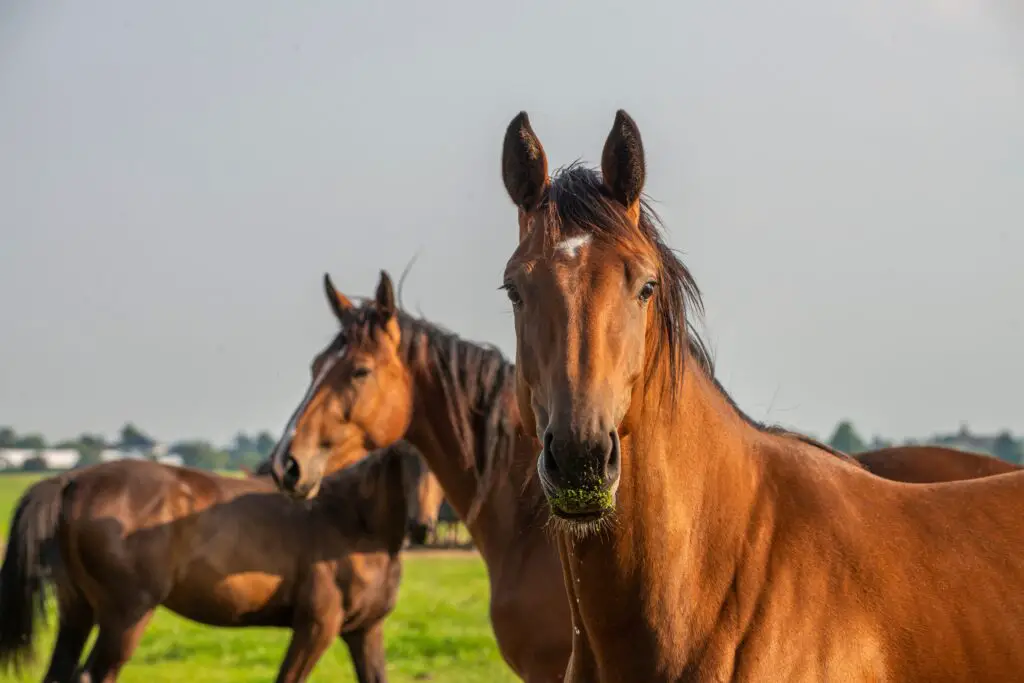
In Kazakhstan, horse meat is a staple protein and considered a symbol of hospitality and tradition. You’ll find it in dishes like beshbarmak, a noodle and meat dish often served at celebrations. The meat is typically boiled or smoked and sliced thin, and it’s said to be slightly sweet and lean. To locals, it’s a source of pride and an important cultural heritage.
In many countries, eating horse meat is taboo or even illegal due to ethical concerns and the animal’s status as a companion. But in Kazakhstan, horses are both revered and respected for their role in daily life. You’re not likely to find a horse burger at an American diner, but in Kazakh homes, it’s completely normal. They see it not just as food, but as part of their history.
8. Kiviak – Greenland

Kiviak is a traditional Inuit food made by stuffing hundreds of small auks (a type of seabird) into a seal skin and fermenting them for several months. Yes, you read that right—fermenting whole birds inside a seal. It’s eaten raw during the dark, cold months of winter and especially around celebrations like birthdays or holidays. The flavor is extremely strong and a bit cheesy, and the smell can be overwhelming to outsiders.
Due to the method of preparation and the use of raw, fermented meat, kiviak is illegal in most countries. But in remote parts of Greenland, it remains an important part of local culture and survival. For the Inuit, this food is not just about nutrition—it’s about heritage, family, and tradition. Tourists are rarely offered a taste, but if you’re ever lucky enough, it’s something you’ll never forget.
9. Fesikh – Egypt
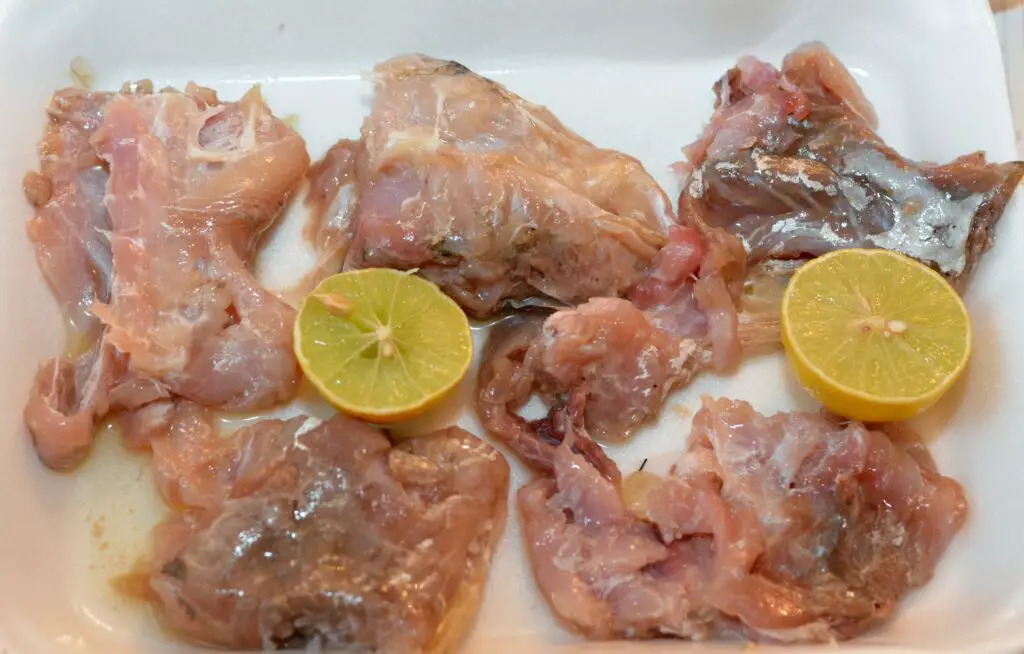
Fesikh is a traditional Egyptian dish made of fermented, salted, and dried mullet fish. It’s usually eaten during Sham El-Nessim, a spring festival that dates back to ancient Egypt. The preparation process is delicate and risky, requiring precise conditions to avoid dangerous bacteria. It has a very strong odor, and the flavor is salty, fishy, and intense—definitely not for the faint of heart.
Because of the health risks, fesikh is banned or heavily restricted in other countries, but in Egypt, it’s a beloved tradition. Families often buy it from trusted fishmongers who’ve been making it the same way for generations. Some even pass down the skill of fermentation as a family trade. It’s one of those foods where cultural value outweighs its controversial reputation.
10. Sannakji – South Korea

Sannakji is a dish made of live baby octopus, served freshly chopped and still squirming on the plate. It’s usually seasoned with sesame oil and sesame seeds, and eaten immediately—while the tentacles are still moving. Some people find the sensation thrilling, while others find it completely unnerving. Chewing thoroughly is essential, as the suction cups can stick to your throat.
While it’s a celebrated delicacy in South Korea, it’s been banned in many countries due to concerns over animal cruelty and choking hazards. You’ll find sannakji at certain restaurants or fish markets where it’s prepared right before your eyes. It’s more about the experience than the flavor, which is pretty mild on its own. If you’re adventurous, this dish might top your culinary bucket list.
11. Ackee – Jamaica
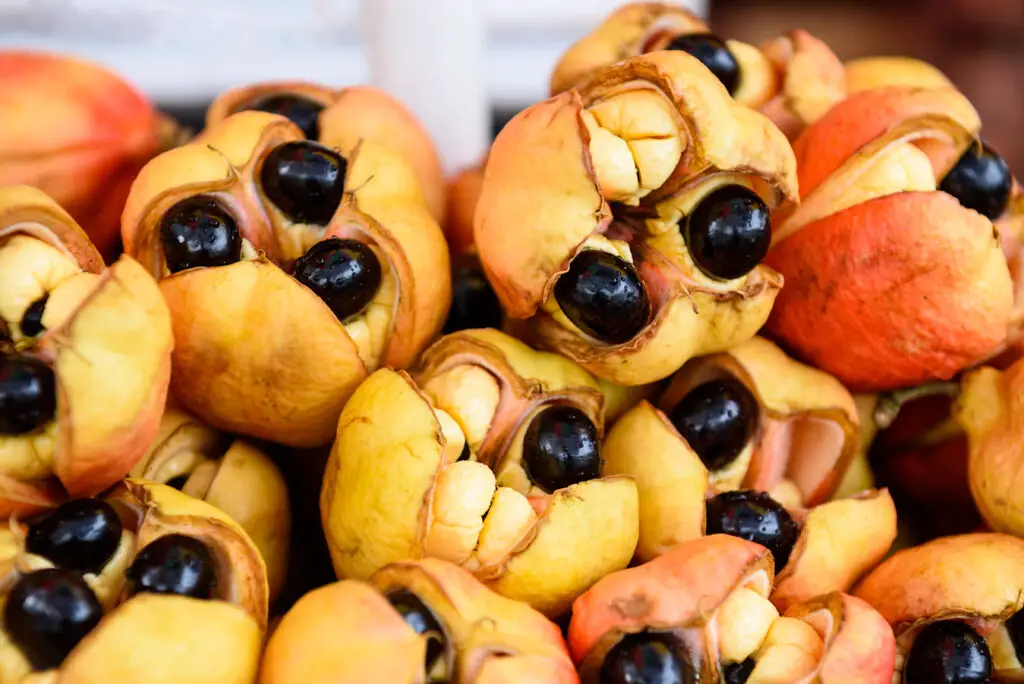
Ackee is Jamaica’s national fruit and the star of its national dish: ackee and saltfish. When cooked properly, the yellow flesh has a buttery, scrambled egg texture and pairs perfectly with salted cod and spices. But it has a dangerous side—if eaten before it’s fully ripened and opened on its own, ackee can be toxic. The fruit contains hypoglycin A and B, which can cause serious illness or even death.
Because of that risk, ackee is banned in many countries, especially in its raw form. In Jamaica, though, it’s a breakfast staple and cultural treasure. Locals know exactly how to handle it, waiting for the fruit to split naturally before cooking. It’s one of those foods that requires knowledge, patience, and respect.
12. Blood Tofu – China
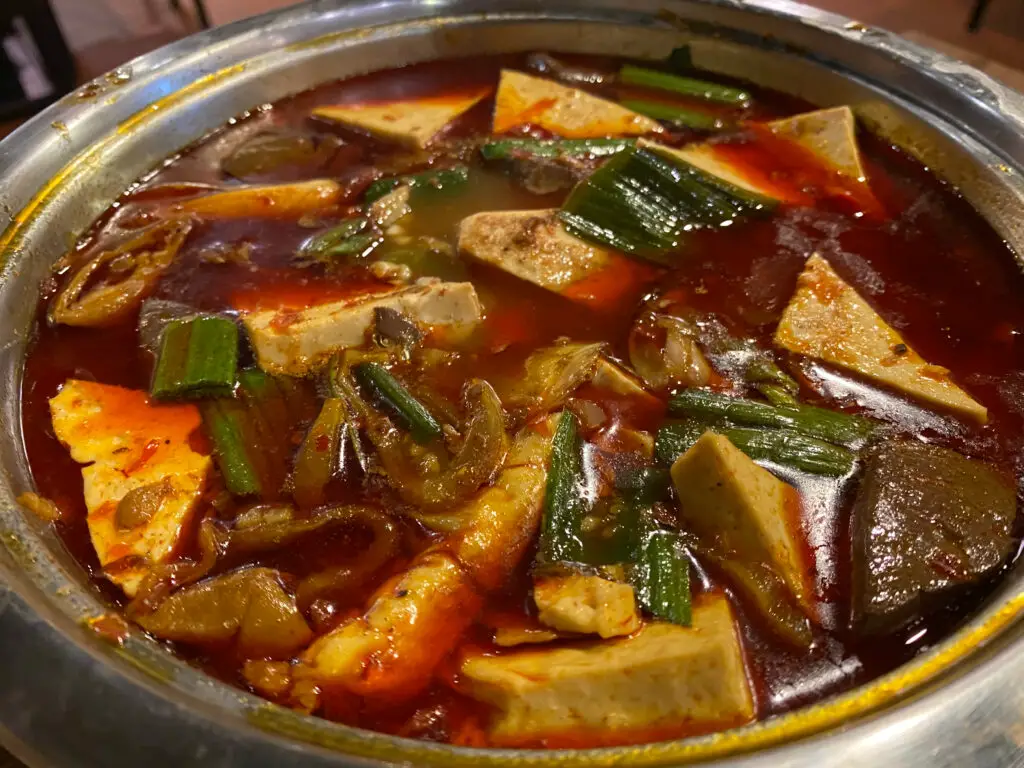
Blood tofu, also known as blood pudding or blood curd, is made by boiling animal blood—usually pig or duck—until it solidifies into a firm, tofu-like texture. It’s a popular ingredient in hot pots and soups in various regions of China. Despite its name, it’s not tofu at all—it just looks and feels similar. The taste is rich, iron-heavy, and a bit like liver, and some people swear by its health benefits.
In many countries, blood-based products are banned or heavily restricted due to food safety laws and public squeamishness. But in China, it’s not just accepted—it’s beloved in regional cooking. You’ll find it in bustling markets and family kitchens alike. If you’re willing to get past the idea of eating blood, it’s actually quite a unique experience.
13. Balut – Philippines
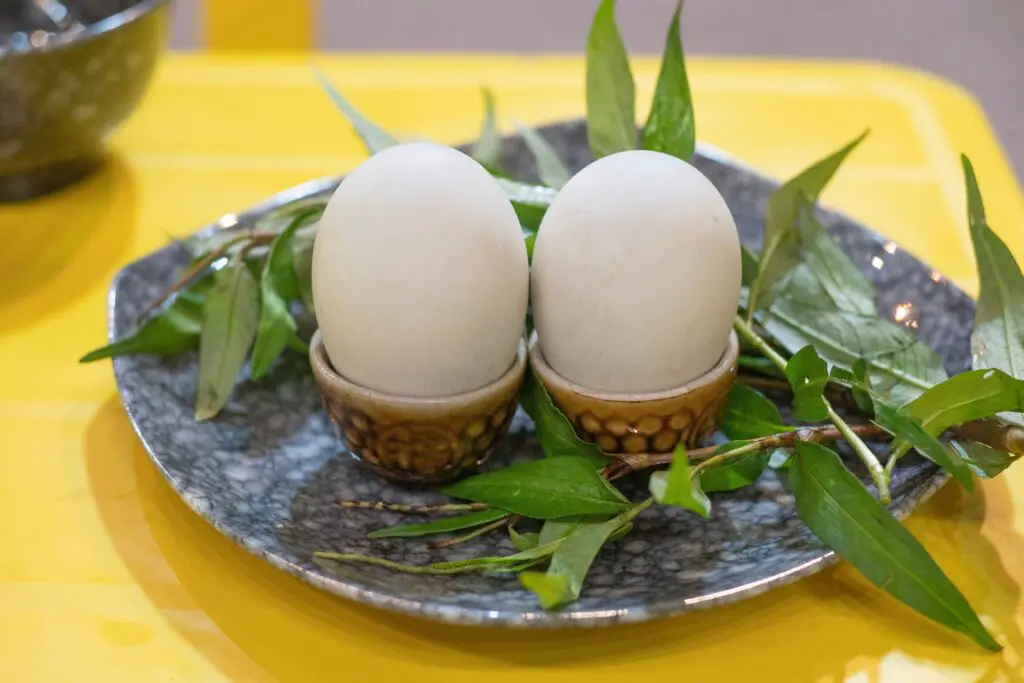
Balut is a fertilized duck egg that’s been incubated for about 14 to 21 days before being boiled and eaten. Inside the shell, you’ll find a partially developed duck embryo, complete with feathers and bones. It’s often sold as street food in the Philippines and eaten with a pinch of salt or a splash of vinegar. The texture is a mix of soft yolk and chewy bits, and the flavor is earthy and savory.
Balut is considered a delicacy and a good source of protein, but it’s banned in many Western countries due to animal welfare laws and food regulations. In the Philippines, though, it’s just another snack—especially popular at night markets or with a cold beer. Locals often grow up eating it, while tourists tend to approach it with a mix of fear and curiosity. It’s a dish that definitely challenges your limits.
